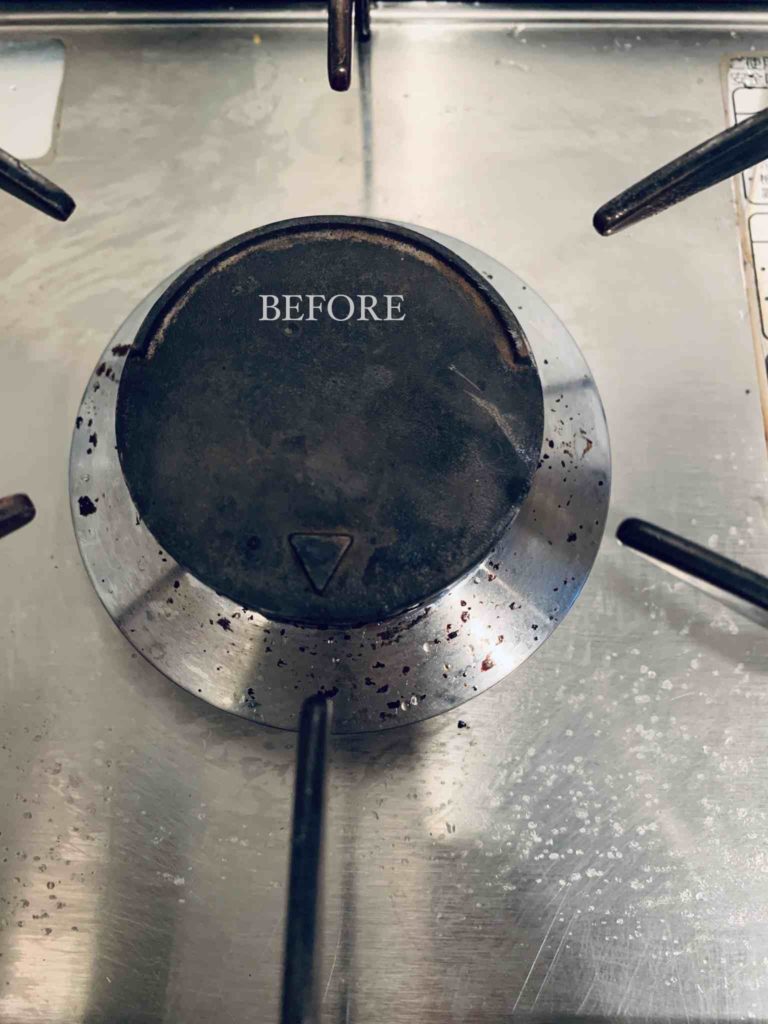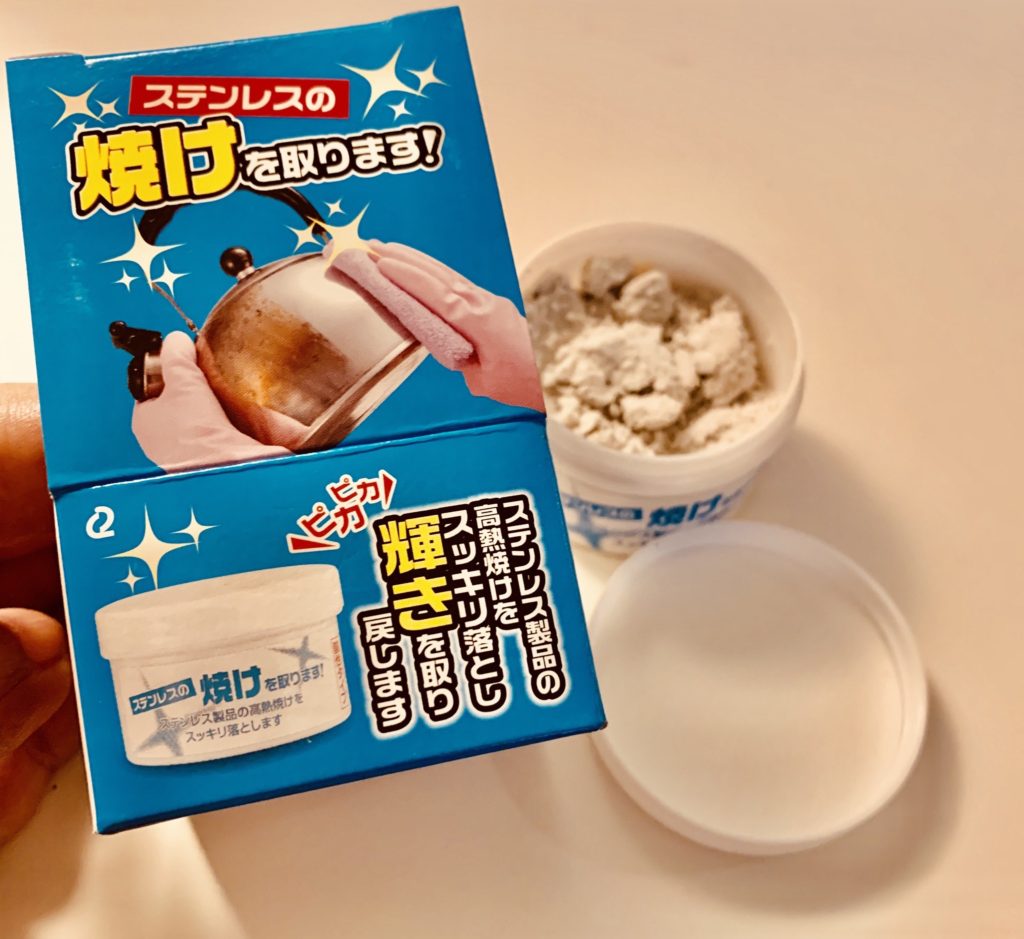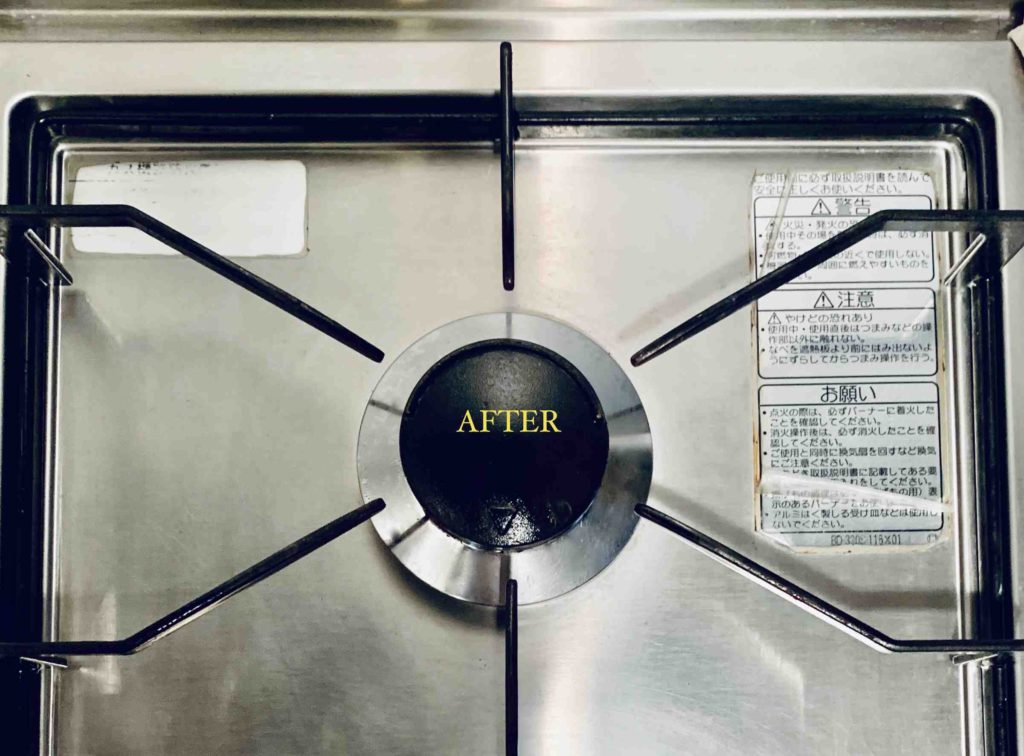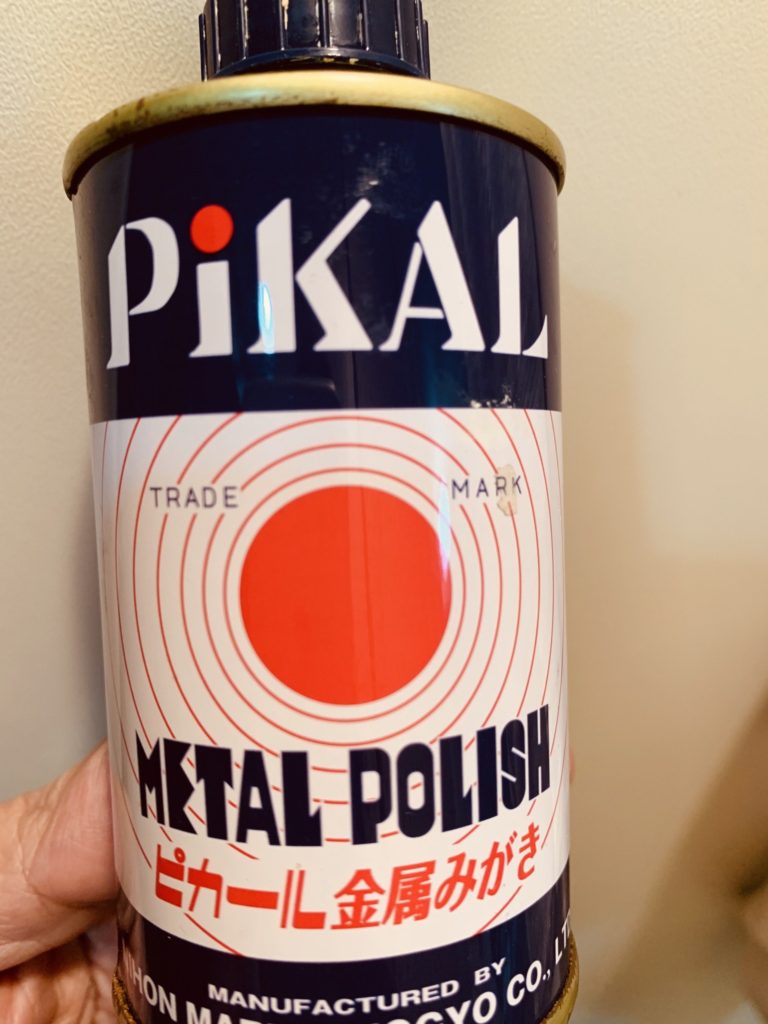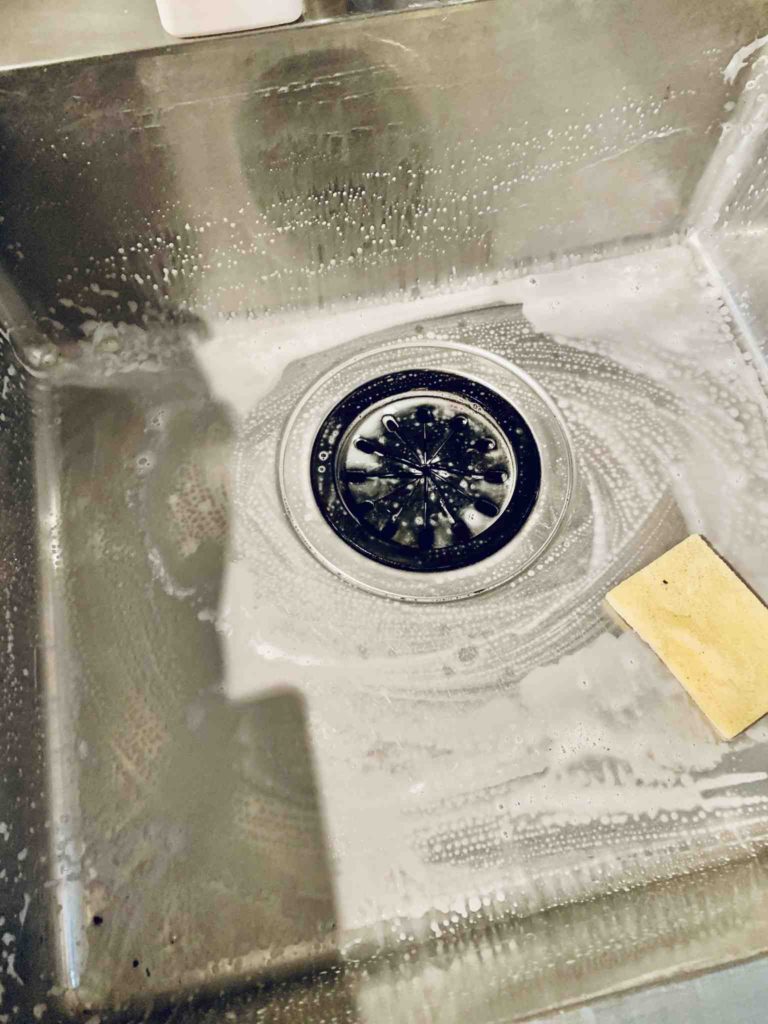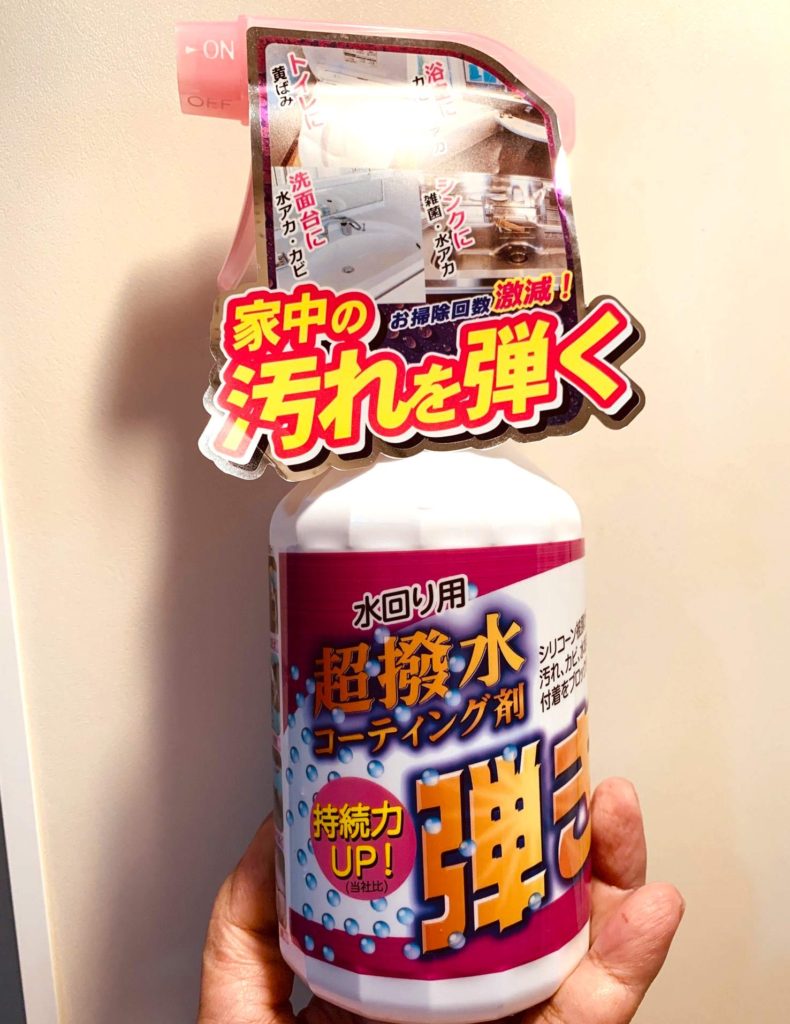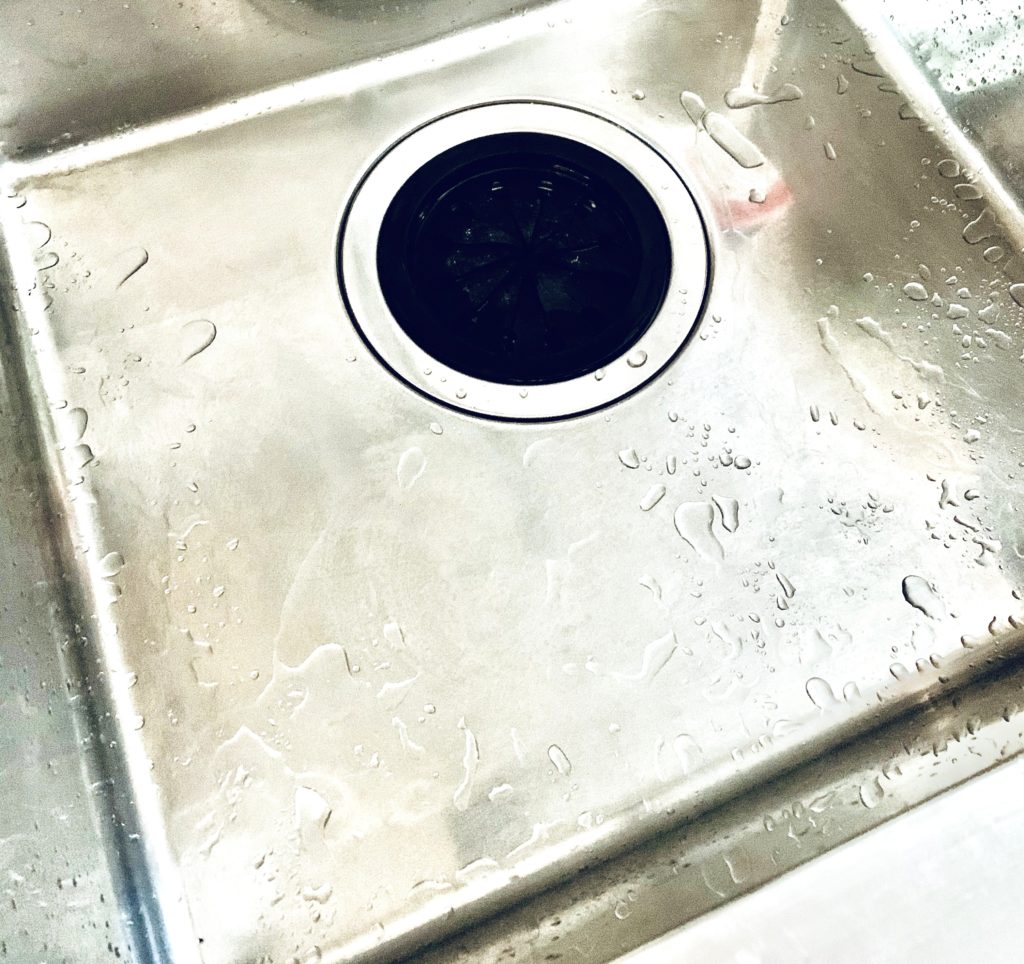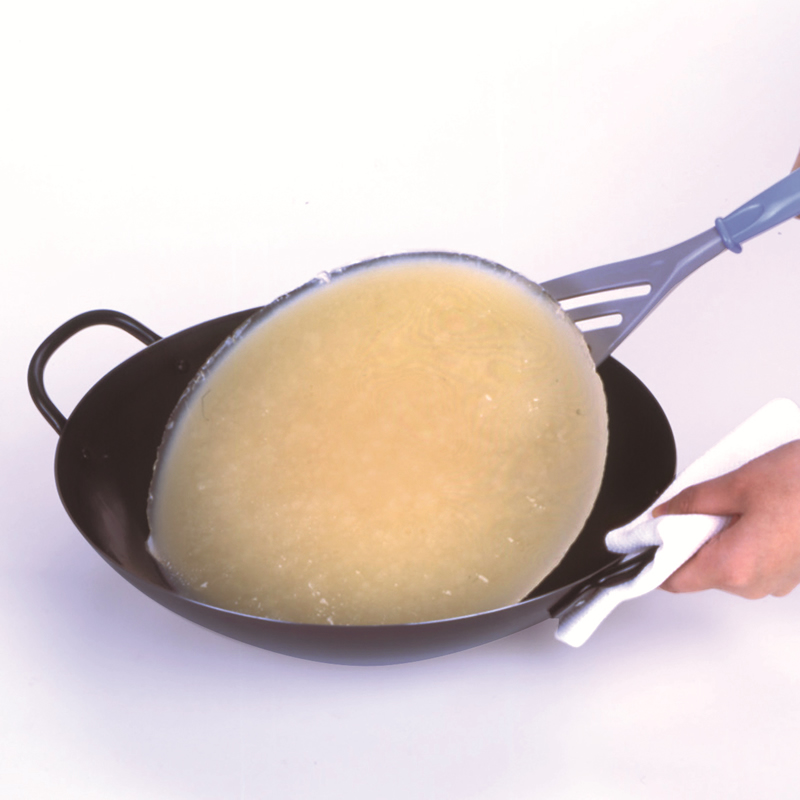- Belgium comes to Yamashita Park
- Residential Villa in Phuket Entices Remote Workers With Long-Stay Rates
- Rare pieces of French glass art at the Mirai Museum of Art
- Feast on fresh fish and seafood at the 2024 ‘Sakana’ Festival
- Would you like to ride in a Louis Vuitton gondola lift?
- Naked Snow Aquarium
- Festive lights at Yomiuriland will get you feeling the holiday vibes
Japanese life hack products every resident should know.
The kitchen is one of the dirtiest areas of the home so it needs to be cleaned as you go. If you spend much time cooking, washing dishes and looking after kids, then that leaves you less time to clean the kitchen everyday.
Too often, cleaning the kitchen takes a back seat when there are many things to do. The bad news is – if you let the kitchen get pretty dirty far too long, you’ll need to do heavy cleaning in your spare time. Stress builds up over visual clutter just as fast as the grease and grime!
Maybe you’ve envied how orderly and clean other families’ kitchens are while yours needs a lot of scrubbing. Well, envy not. We’re here to help so we scoured for useful Japanese products available on Amazon and tested them out so you don’t have to. If you give these products a try, you’ll probably have to do light surface cleaning no more than once a week!
STUBBORN HEAT STAINS BAKING SODA/VINEGAR WON’T REMOVE
Depending on the amount of dirt and stains that have accumulated on your cooktop, a store-bought product or vinegar and baking soda solution might not just give the results you want.
Having a casserole of stew that bubbles over, ends up outside the pot which quickly build heat stains onto the surface and sides of your burner. It’s the start of bubbles piling up on top of each other. Left for long, black, hardened, visually unpleasant mess builds up over time. The longer you put off scrubbing the stains, the tougher it is to remove. No amount of baking soda and vinegar solution was able to successfully take these stains off but one product we found on Amazon .
THIS PRODUCT REMOVED THE STUBBORN HEAT STAINS
ERNEST in a 65 g tiny jar is tough to tackle the heat stains and works well on stainless steel. It is made from silica, alumina, cerium-based mineral, inorganic acid and thickener with the texture of a bath salt. So its abrasive properties mean you need to wear gloves when using the product to protect your hands. Using a moist abrasive sponge or cloth, rub a small quantity onto the stains and scrub. Wipe the dirt away and clean the metal with a metal polish. The product works wonders on stainless steel pots and pans! This is what it looks like after removing the stains. Just don’t forget to brush a tiny amount of oil on the cast iron knob in the center.
Notice the surrounding grime on the stovetop’s surface on the top photo above? These grimy residues are hard water stains (akamizu) but can be removed by a metal polish.
Although we haven’t tested the other formula that works for induction and gas cooktop, you can get one here.
FOR A MIRROR FINISH…
Now, to gain some luster on the stainless steel, we applied a little creamy PIKAL metal polish on the target surface with a clean dry cloth, let it dry, and then buffed it again with a clean cloth. Not only does this give the shine you want, it also cleans and protects the stainless steel surface from grease spatters the next time you cook.
HOW TO REMOVE WATER SPOTS ON THE SINK
By applying a water repellant coating on your sink, simple cleaning can prevent the spots from coming back. We found a product that does just that. But first, clean and scrub your stainless sink with a regular cleanser and rinse with cold water.
Now, wipe it off with a clean cloth. Leave for about 5-10 minutes to dry completely. Spray Tipo water repellant (¥812) on the target surface and wipe dry. This coats not just stainless steel but also works for ceramic tiles and wood surfaces. Rinse it off and pat dry with a clean towel.
The right way to throw away used cooking oil.
The number one cause of greasy stains on your drainer is oil. While many prefer to get rid of used oil by pouring it down the drain or the garbage once it cools down, the Japanese have a neat way of doing it. They use an oil solidifier available here. Just pour a packet on your wok or pan and stir it while the oil is still hot. Let it cool down for about an hour, and throw it away in a plastic bag (to prevent leakage) as a ‘moeru gomi‘ or combustible garbage. Wipe off all the grease from your pan using a kitchen paper before you begin to wash. Even traces of leftover grease can soil your drainage really fast.


